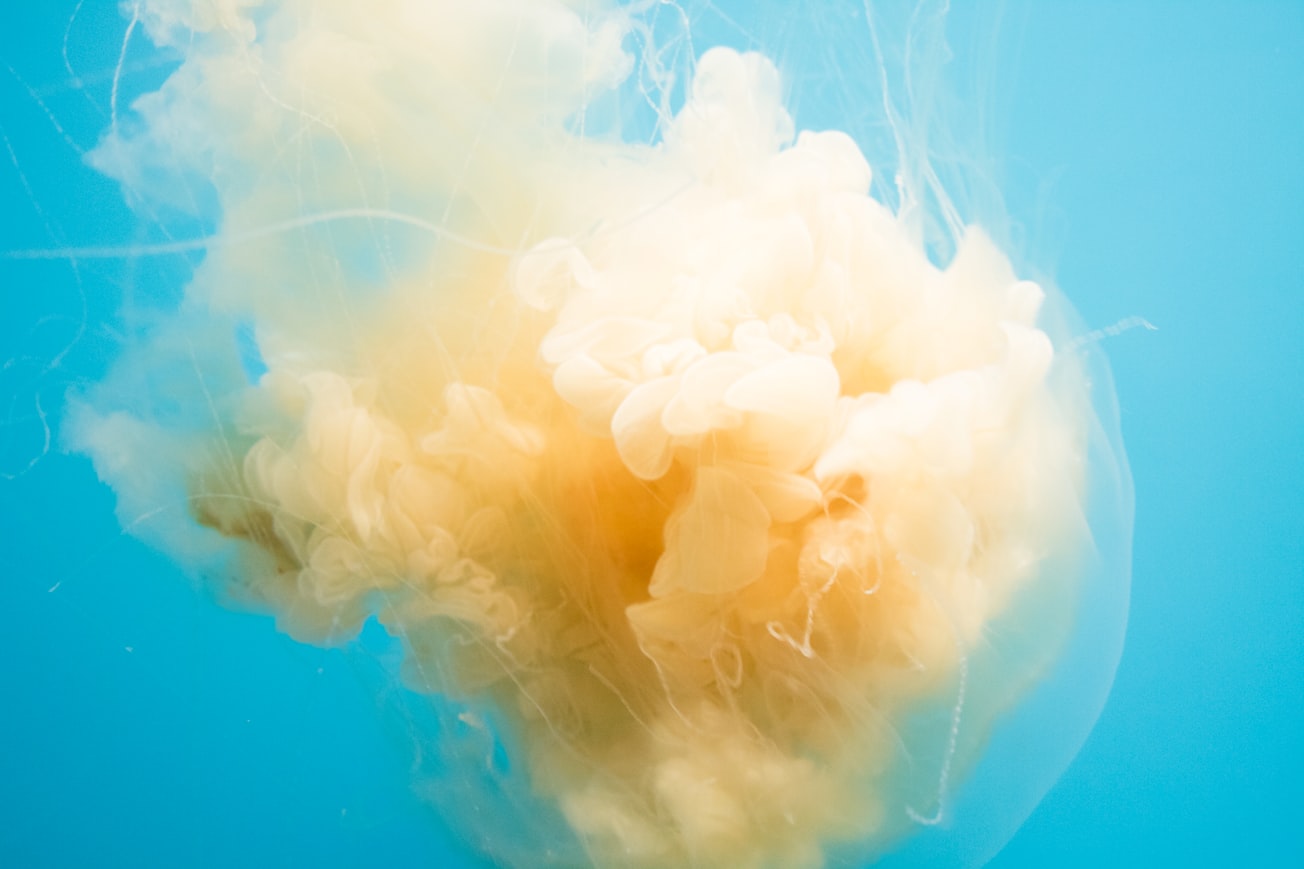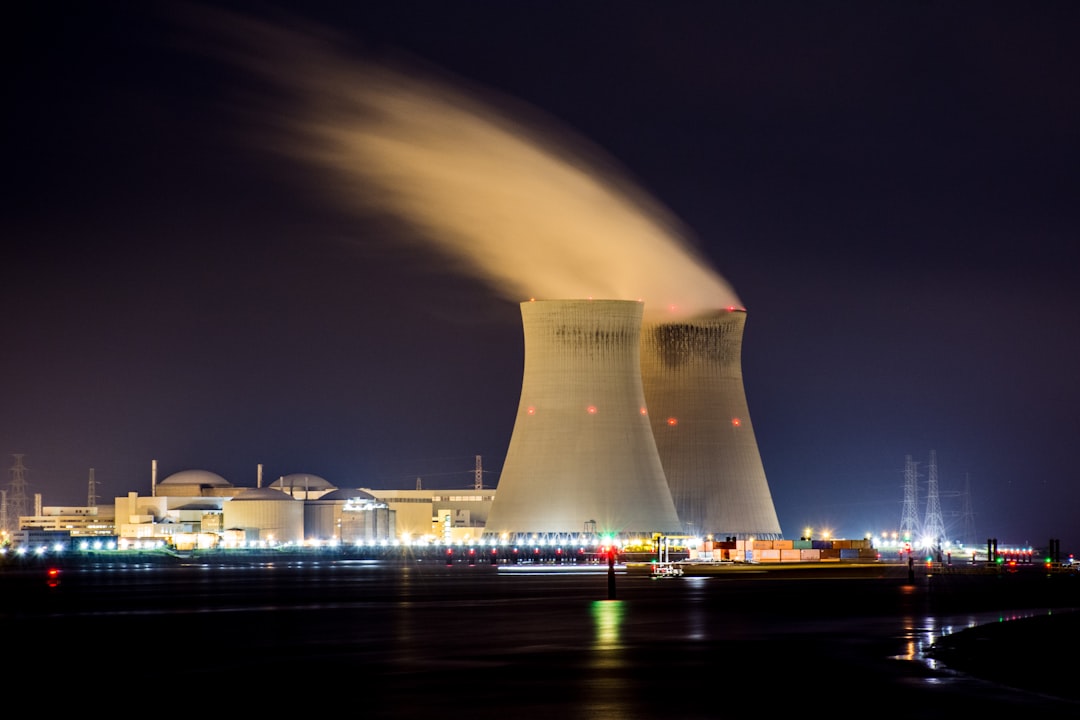What is it about?
The paper present an example of arriving on a bimetallic Pd-Ag (7:3) supported on silica sample that shows full reversibility of in situ surface segregation: of Ag in He at 400 deg.C, and of Pd in CO atmosphere at 400 deg.C. This allows monitoring of the difusion kinetics and a deep insight into its elementary mechanism. Segregation of Pd appears to be orders of magnitude slower and to run following non vacancy mechanism.
Featured Image

Photo by Francisco De Legarreta C. on Unsplash
Why is it important?
Operando PXRD shows slow diffusion kinetics of controllable, reversible segregation in PdAg nanoalloy that is explained by atomistic modeling. Diffusion is solids is a phenomenon of principal significance for engineering. This is why Kirkendall discovery of the vacancy mechanism of self-diffusion with later experimental studies of Balluffi were so important. With increasing role of nanotechnology the diffusion phenomena in nanocrystals become technologically important. This includes surface segregation - non Fick diffusion running against the concentration gradient.
Perspectives
The paper offers practical ways to shape the surface of the bimetallic catalyst to best tune it to the maximum catalytic activity. It also points to an importance of the bimetallic catalyst pretreatment.
Professor ZBIGNIEW Antoni KASZKUR
Institute of Physical Chemistry PAS
Read the Original
This page is a summary of: Self-diffusion in nanocrystalline alloys, Physical Chemistry Chemical Physics, January 2015, Royal Society of Chemistry,
DOI: 10.1039/c5cp00312a.
You can read the full text:
Contributors
The following have contributed to this page










